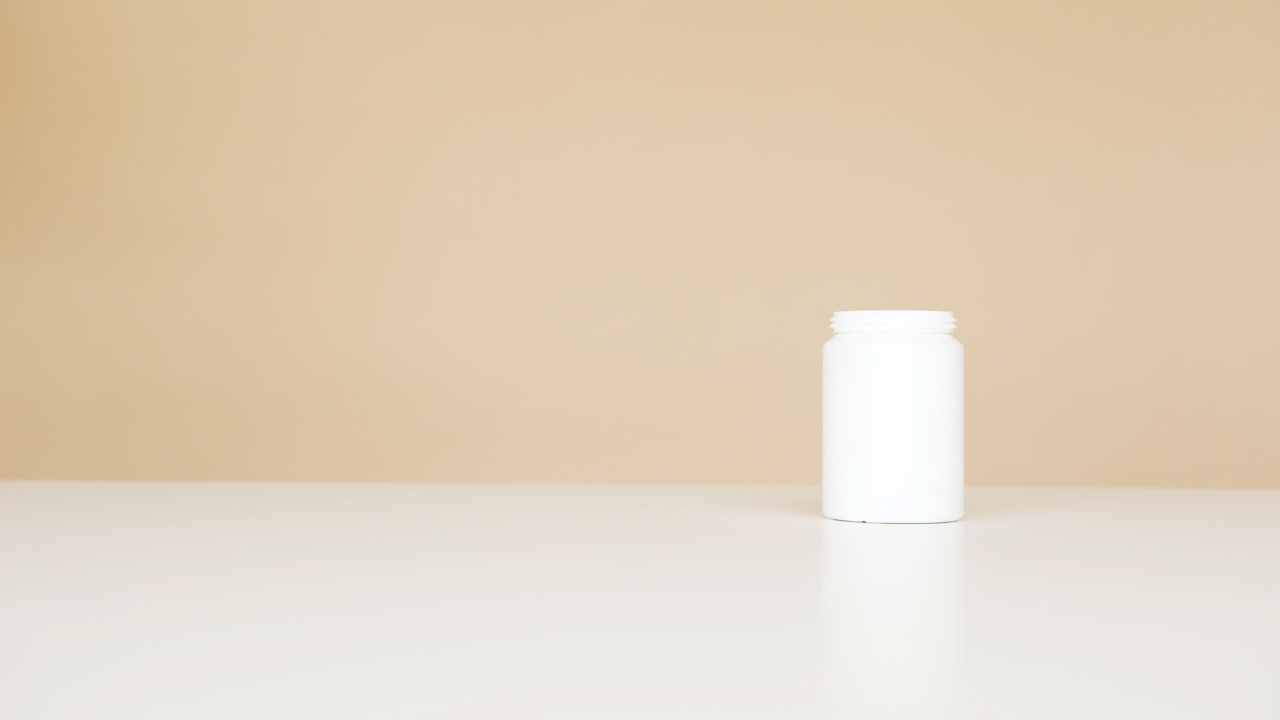Antibiotic resistance has emerged as a significant global health concern, with the potential to reverse the progress made in modern medicine.
While inappropriate antibiotic use and misuse in healthcare settings and agriculture have been recognized as major contributors to the rising rates of resistance, another factor that is often overlooked is the impact of cleaning products on antibiotic resistance.
The Rise of Antibiotic Resistance
Antibiotics have been hailed as one of the greatest medical advancements of the 20th century, saving countless lives by effectively treating bacterial infections.
However, the overuse and misuse of antibiotics have led to the rise of antibiotic-resistant bacteria. When exposed to antibiotics, bacteria can develop mechanisms to survive and multiply even in the presence of these drugs.
The consequences of antibiotic resistance are far-reaching. Simple infections that were once easily treatable become difficult or even impossible to cure.
This not only puts individual patients at risk, but it also poses a significant threat to public health. Antibiotic-resistant bacteria can spread rapidly, causing outbreaks that are difficult to control and contain.
The Role of Cleaning Products
Cleaning products, such as disinfectants and sanitizers, play a crucial role in maintaining cleanliness and hygiene in various settings, including healthcare facilities, homes, and public spaces.
They are designed to eliminate or reduce the number of microorganisms, including bacteria, on surfaces. However, the widespread use of cleaning products has unintended consequences.
Disruption of the Microbiome
The human body is home to trillions of microorganisms, collectively known as the microbiome.
These microorganisms play a vital role in maintaining our health, aiding digestion, supporting the immune system, and preventing the colonization of harmful bacteria. However, excessive and inappropriate use of cleaning products can disrupt the delicate balance of the microbiome.
Many cleaning products contain harsh chemicals, such as bleach and quaternary ammonium compounds (QACs), which are effective at killing bacteria.
However, they can also indiscriminately eliminate beneficial bacteria, disrupting the natural equilibrium of the microbiome. This disruption can create opportunities for antibiotic-resistant bacteria to thrive and spread.
Biofilm Formation
Bacteria can form protective communities called biofilms, which allow them to survive in hostile environments, including on surfaces that come into contact with cleaning products.
Biofilms act as a shield, making bacteria more resistant to disinfectants and antibiotics. When cleaning products fail to completely eradicate bacteria, these surviving microbes can contribute to the development of antibiotic resistance, potentially spreading to other surfaces or individuals.
Selection of Resistant Strains
The use of cleaning products that are not effective at eliminating bacteria can inadvertently select for antibiotic-resistant strains.
When bacteria are exposed to sublethal concentrations of disinfectants or sanitizers, they can acquire resistance mechanisms, allowing them to survive repeated exposures. This phenomenon, known as cross-resistance, can limit the effectiveness of not only cleaning products but also antibiotics.
Environmental Impact
In addition to their impact on antibiotic resistance, cleaning products also have environmental consequences.
Many disinfectants and sanitizers contain chemicals that can persist in waterways and soil, potentially affecting ecosystems and contributing to the development of antibiotic resistance in the environment. The widespread use of these products further exacerbates this issue.
The Importance of Responsible Use
While cleaning products are necessary for maintaining cleanliness and preventing the spread of infections, it is crucial to use these products responsibly to minimize their impact on antibiotic resistance.
Implementing the following strategies can help mitigate the risks:.
1. Use Targeted Cleaning
Not all surfaces require the same level of disinfection.
Employing targeted cleaning practices, where high-touch surfaces and areas prone to contamination receive more frequent and thorough cleaning, can help reduce the overall use of disinfectants and minimize the selection pressure for antibiotic resistance.
2. Choose Environmentally Friendly Products
Opt for cleaning products that are biodegradable, environmentally friendly, and have a reduced impact on ecosystems. Look for certifications and labels that indicate the product’s safety for the environment and its effectiveness against bacteria.
3. Follow Manufacturer’s Instructions
To maximize the efficacy of disinfectants and sanitizers while minimizing their potential impact on antibiotic resistance, it is important to follow the manufacturer’s instructions for use.
This includes using the correct concentration, allowing sufficient contact time, and avoiding mixing different cleaning products together.
4. Support Research and Innovation
Further research is needed to better understand the impact of cleaning products on antibiotic resistance and to develop more effective and targeted cleaning solutions.
Governments, regulatory agencies, and healthcare organizations should support and fund research that investigates alternative cleaning strategies and promotes the development of innovative products.
Conclusion
Antibiotic resistance is a grave threat to global health, and addressing its multifactorial causes is imperative.
While cleaning products are essential for maintaining cleanliness and hygiene, their misuse and overuse can contribute to the development and spread of antibiotic resistance.
By using cleaning products responsibly, choosing environmentally friendly options, and supporting research and innovation, we can strive to minimize their impact on antibiotic resistance and protect the efficacy of these vital medicines for future generations.




























